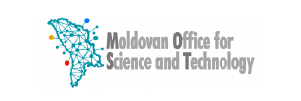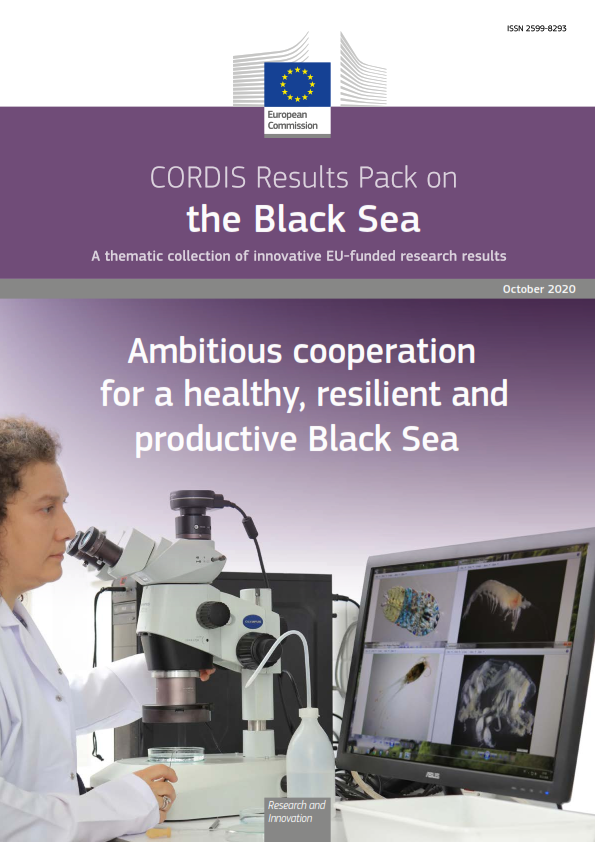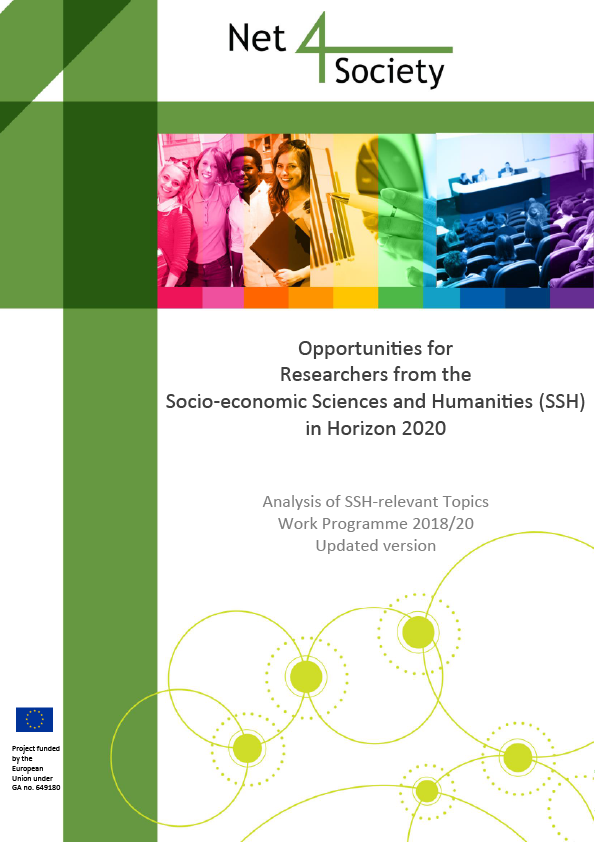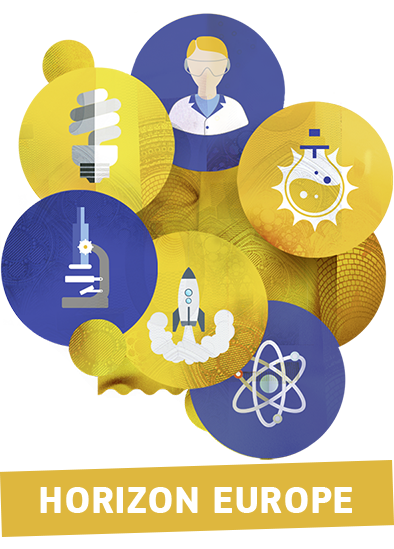EU funding of research projects in the Information and Communication Technologies (ICT) area over the period 2007-2013 (under the 7th EU Framework Programme, FP7) had a strong added value, according to two studies, which fed into the Commission's evaluation of the programme. More specifically, the studies found that EU-funded ICT projects produced output of a higher quality than the world average, and generated a world-leading level of scientific articles.
The studies cover all the areas funded by FP7 in ICT - from antennas that convert optical radiation into localized energy, to research into the role of next generation DNA-sequencing in fighting cancer.
Analysis of publications and patents of ICT research in FP7
The study looking at publications and patents in FP7 found that, over the period 2007-2013, ICT research projects funded by FP7 resulted in 289 patent applications and 18,169 publications (including peer reviewed articles, books and conference proceedings). Each project generated 16 publications on average (based on 1,156 projects examined, corresponding to 47% of projects funded and 55% of funding). In terms of quality, the relative citation rate is above the world average for the same period: 5% of publications are among the top 1%; 18% among the top 5% highly cited publications in their disciplines, in most cases well above the overall EU average (1% and 5%) and the US average (2% and 8%).
Other findings of the study include:
- The strategic objectives "Future Networks and Internet" and "Embedded Systems" respectively generate the highest number of patents and of publications in absolute terms (54 patents and 2,707 publications)
- "Micro-Nanosystems" and "FET Open" are in relative terms (i.e. compared to the funding invested in EU projects in these domains) the most productive in generating patents and publications (1.7 patents/€10 Million and 128 publications/€10 Million respectively).
- Patents resulting from ICT research funded in FP7 are associated with very high collaboration between academia and the private sector (more than 50%), much greater than is observed in industry in general (at 5%).
- Participants in FP7-ICT research showed a higher degree of international collaboration than the control group.
- Most of the patents originate from inter-organizational collaborations within an EU country, between EU countries, and between EU, Japan or the US.
- The top five countries which contributed to patents, during the period 2007-2013, were Germany, France, the United States, Spain, Belgium, Italy and Finland.
For more information, please see the data on patents and publications by strategic objective, in absolute values and compared to the EU funding invested on projects in these domains.
For more data on the country of origin of inventors and applicant for patent, please check the open data inventory of patents and publications.
Support study to the ex post evaluation of ICT research in FP7
The report looking at the overall evaluation of ICT research in FP7 found that FP7-funded ICT research has been effective and efficient, strong in terms of relevance and excellent with regard to European added value. More specifically, the study found that:
- FP7-funded ICT research brought together otherwise competing companies which jointly conducted research for the development of new, commercially applicable, technologies
- There were noticeable improvements since the previous programme (FP6 ICT) with respect to the Programme’s capacity to support and bring about innovation
- Beneficiaries interviewed stressed the importance of intangible benefits, such as collaborative networks, capacity building, acquisition of information & knowledge
- FP7-funded ICT research was dominated by large public research organisations, while highly dynamic and innovative SMEs had a minor role (see point regarding H2020 below)
Overall, FP7-funded ICT research was rated as "more than satisfactory" with respect to the objectives initially defined in 2006 with regard to improving the competitiveness of European industry and enabling Europe to master and shape the future developments of these technologies so that the demands of its society and economy could be met.
The new policy emphasis on innovation was introduced only once the programme was already in its fourth year of operation. Adaptations in FP7 and its calls were present from 2011 onwards, but not sufficient radically to change its nature. The new policy expectations in terms of creating a globally competitive innovation system will be better addressed in the future, thanks to the new changes already introduced in Horizon 2020 (e.g. Innovation Actions, Public-Private Partnerships, SME instrument).
Final report on the ex post evaluation of the ICT part of FP7
These studies fed into a DG CONNECT report published along with the two studies, which is part of the overall evaluation carried out by DG Research and Innovation.










